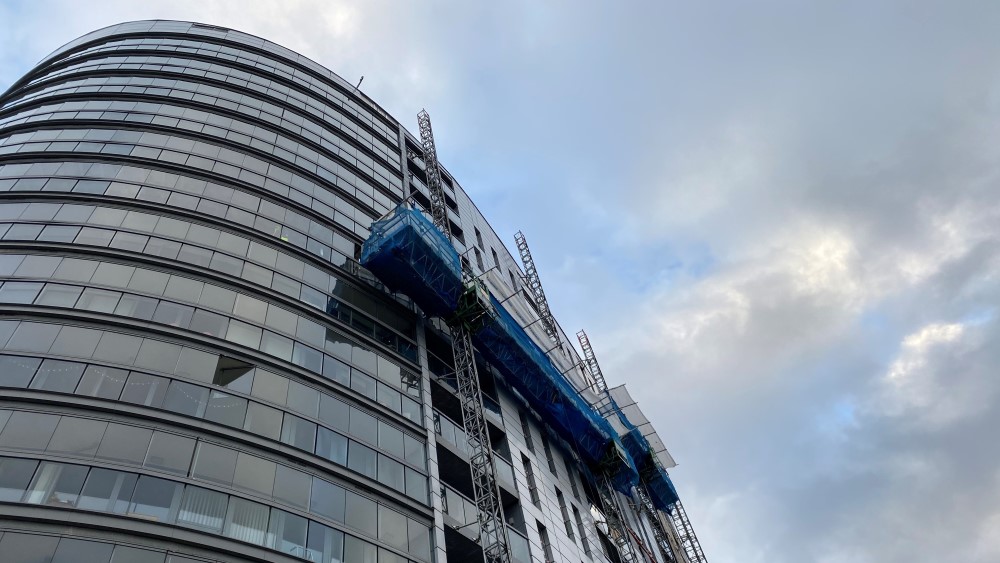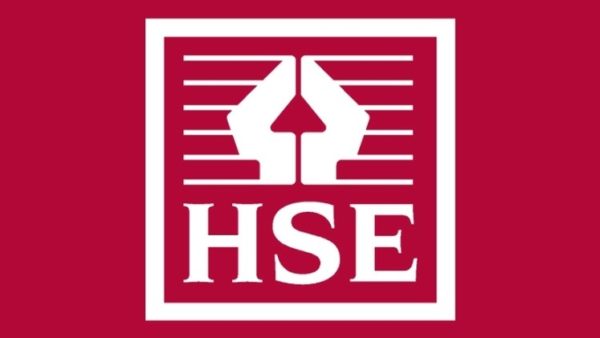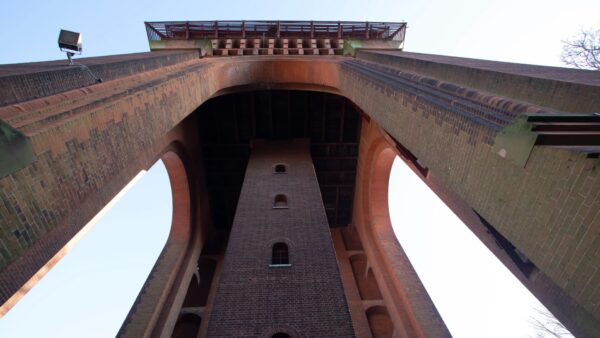
The extra £3.5bn promised by the government to remove unsafe cladding from high-rise buildings over 18m — or above six storeys — in England is ‘unacceptable’ in its current form, the Chartered Institute of Building (CIOB) has warned.
Housing secretary Robert Jenrick said the investment was the government’s “largest ever” in building safety.
The funding is in addition to a pot of £1.6bn announced last year and Jenrick told the House of Commons that no leaseholder would pay more than £50 a month if cladding on their building needed to be removed.
A new levy will be placed on future developments to pay for the fund.
Jenrick also announced plans to introduce a new tax on the residential property sector from 2022 to help pay for the removal of cladding. It is expected to raise £2bn over a decade.
Jenrick said: “This is a comprehensive plan to remove unsafe cladding, support leaseholders, restore confidence to this part of the housing market and ensure this situation never arises again.

The proposals outlined today will only help to alleviate the distress of a fraction of those affected
“Remedying the failures of building safety cannot just be a responsibility for taxpayers. That is why we will also be introducing a levy and tax on developers to contribute to righting the wrongs of the past.”
But the CIOB said more detail was still required, and said it had already highlighted concerns about the impact of the proposals on leaseholders — particularly those in living in buildings under 18m.
Last week, the CIOB issued a call last week to the government to commit to acting immediately on finding a funding solution which does not penalise leaseholders and leave them “burdened with paying, even in part, for historical building safety remediation works”, while also ensuring that these costs are excluded from the proposed building safety charge.
“Our unprecedented intervention means the hundreds of thousands of leaseholders who live in higher-rise buildings will now pay nothing towards the cost of removing unsafe cladding.
Reacting to today’s announcement, the CIOB said: “Today’s proposals are clearly still placing a burden on leaseholders and are unacceptable.”
The CIOB submitted evidence to the Housing, Communities and Local Government Committee’s pre-legislative scrutiny of the Draft Building Safety Bill last year and its recommendations were incorporated in the Committee’s final report. The government has not yet formally responded to this report.
Caroline Gumble, CEO of the CIOB, said: “The CIOB has been monitoring the issue of cladding and building safety for some time now – it is clearly a matter of public interest and relevant across the breadth of the construction industry.
“While there is no doubt that the construction industry has a role to play in ensuring that a situation such as that which led to the Grenfell tragedy can never happen again, there is also leadership required from government to work with the industry and residents impacted by this issue.
“Figures from the new build database indicate that up to 4.6 million properties in the UK are potentially affected by cladding-related issues and this is causing unnecessary distress to so many, especially with the current lockdown and people literally being stuck in high risk flats.
“The proposals outlined today will only help to alleviate the distress of a fraction of those affected and we need to see a more practical and targeted response from Government, with a solution ensuring that no leaseholders will bear any financial burden for remediation.”
Meanwhile, Jonathan O’Neill, managing director of the Fire Protection Association (FPA) criticised the government’s announcement and said funding should be put in place for all affected buildings – regardless of their height.
He said: “It has now been more than three and a half years since the issue of combustible cladding surfaced as an issue for leaseholders. Whether the problems arose due to ambiguous and confusing legislation, a broken regulatory system, ignorance or incompetence in the construction sector, or suppliers of building products gaming the system; what is abundantly clear is that it was of no fault of the leaseholders who continue to face uncertainty despite today’s announcement.
“The government must act now and support all leaseholders, in all affected buildings regardless of their height, with grants to bring this debacle to a close. It should then be on the government to pursue those responsible through the courts to ensure the money is fully repaid.”
Comments
Comments are closed.












If non-compliant materials were used, surely the specifier and building regulations inspectors are at fault. Is it not their place to replace non-compliant materials??
It should be a clear objective of these proposals to see costs fall in line with the blame.
The idea of a (perhaps all to literal) “get out of jail” card for those who embraced unsafe practices to advantage their firms (whether clients/developers, contractors or manufacturers), being able to walk away while other more scrupulous firms foot the bill seems very wrong.
Twenty years ago I worked for a firm who attempted to compete with a contractor on overcladding work. Again and again we would find our tenders were 20, 30 even 40% above the winning bid.
In the feedback, cavity barriers would come up again and again. The specification would be very vague on requirements, and the drawings did not show them either. We would sit there and work out what was needed, price it and lose the job because of it. Now we get to pay for it as well?
Is that really more justifiable than putting a levy on mushroom farmers or everyone called Kevin?